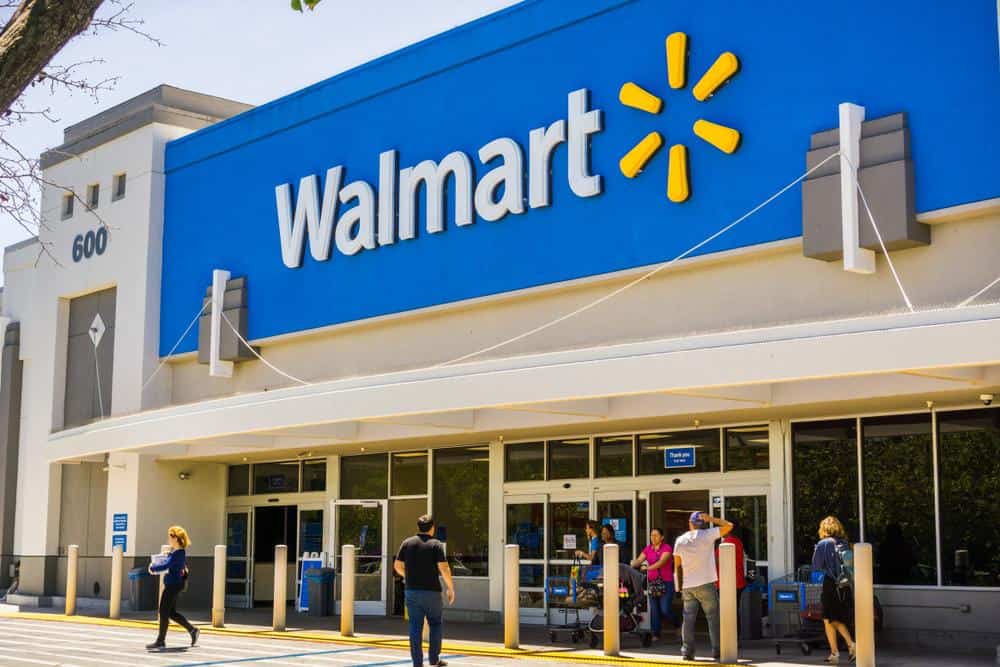
Walmart, a name that needs no introduction, is not only the world’s largest retailer but also boasts one of the most efficient and complex distribution networks. This article aims to provide a comprehensive overview of how Walmart’s distribution system works, the technologies it employs, and the strategies that keep it ahead in the retail sector.
Walmart’s distribution works through a vast network of over 150 distribution centers in the United States, each serving around 100 stores. Products from manufacturers are shipped to these centers, which then dispatch the goods directly to retail stores or customers. Walmart employs high-tech consolidation centers for high-volume products and uses a strategy called cross-docking to reduce storage and handling costs. The company also embraces technology and optimization, using proprietary technologies for inventory assessments and product tracking. Additionally, Walmart uses a vendor-managed inventory model where suppliers manage their own replenishment planning. The company is also incorporating automation and robotics into its inventory management process.
A Vast Network of Distribution Centers
Walmart operates over 150 distribution centers in the United States, each serving approximately 100 stores located within a 150-mile radius. These distribution centers are essential nodes in Walmart’s supply chain strategy, which focuses on direct, long-term relationships with manufacturers, distributors, and e-commerce businesses.
The distribution process begins with manufacturers shipping products to Walmart distribution centers. These centers then dispatch the products directly to retail stores. In addition to traditional distribution centers, Walmart operates dedicated e-commerce fulfillment centers that handle online orders, picking, packing, storing, and shipping goods directly to customers.
The Use of High-Tech Consolidation Centers
Walmart employs high-tech consolidation centers for high-volume products. These centers separate bulk shipments into smaller loads before dispatching them to the distribution centers. This process ensures a steady flow of products, helping Walmart maintain its promise of everyday low prices.
Cross-Docking: A Game Changer
One of the key strategies that set Walmart’s distribution system apart from others is cross-docking. This involves receiving products from suppliers and immediately loading them onto outbound trucks without storing them in the warehouse. This method reduces storage and handling costs, contributing significantly to Walmart’s efficiency and cost-effectiveness.
Embracing Technology and Optimization
Walmart’s supply chain management places a strong emphasis on technology and optimization. The company invests in supply chain optimization initiatives, constantly striving to improve its supply chain management system. It uses proprietary technologies for inventory assessments and product tracking.
Further, Walmart’s suppliers are responsible for their own replenishment planning. The company provides them with the tools and data to manage inventory levels of their products in Walmart’s stores and warehouses.
Vendor-Managed Inventory Model
Walmart applies a vendor-managed inventory model, where suppliers access data from the company’s information systems, such as current inventory levels and the rate at which certain goods are sold. This data-driven approach allows suppliers to decide when to send additional goods to Walmart, ensuring that products are available when and where customers need them.
The Power of Automation and Robotics
Walmart is increasingly incorporating automation and robotics into its inventory management process. For instance, the company is adding more Micro-Fulfillment Centers (MFCs) to its stores, where automated bots retrieve items from within the fulfillment center, reducing the time it takes to fulfill an order.
The Bottom Line
In summary, Walmart’s distribution system relies on a vast network of distribution centers, efficient warehouse management, careful inventory planning, and strong relationships with manufacturers and suppliers. The company’s focus on technology, optimization, and collaboration with vendors contributes to the success of its supply chain. This, in turn, enables Walmart to offer low prices and maintain a vast assortment of products, reinforcing its position as a global retail leader.
The complexity and efficiency of Walmart’s distribution system set a high standard for other retailers. Despite the challenges posed by the scale of its operations, Walmart continues to innovate, adapt, and evolve, ensuring it remains at the forefront of the retail industry. Whether it’s the use of high-tech consolidation centers or vendor-managed inventory models, Walmart’s distribution strategy is a testament to its commitment to providing customers with the best possible shopping experience.
Frequently Asked Questions
What is a Micro-Fulfillment Center (MFC)?
A Micro-Fulfillment Center (MFC) is a smaller, more compact version of a traditional warehouse, typically located within a store or close to urban areas. It uses automation and robotics to retrieve and package items for online orders, thus speeding up the order fulfillment process.
What is the purpose of Walmart’s high-tech consolidation centers?
Walmart’s high-tech consolidation centers are used to separate bulk shipments into smaller loads before they are sent to the distribution centers. This process ensures a steady flow of products to the stores, helping Walmart maintain its commitment to providing everyday low prices.
What is cross-docking and how does it benefit Walmart?
Cross-docking is a practice where products from suppliers are directly loaded onto outbound trucks without being stored in the warehouse. This method reduces storage and handling costs, contributing to Walmart’s efficiency and cost-effectiveness.
How does Walmart’s vendor-managed inventory model work?
In Walmart’s vendor-managed inventory model, suppliers have access to Walmart’s data, such as current inventory levels and the rate of sale for certain goods. This data-driven approach allows suppliers to decide when to send additional goods to Walmart, ensuring product availability as per customer demand.
What is the role of technology in Walmart’s distribution system?
Technology plays a crucial role in Walmart’s distribution system. The company uses proprietary technologies for inventory assessments and product tracking. It also provides vendors with the tools and data to manage their inventory levels. In addition, Walmart is increasingly incorporating automation and robotics into its inventory management process to speed up order fulfillment and reduce costs.












